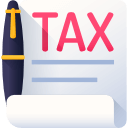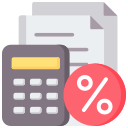- About Us
- Service
- For Business Owner CategoriesFor CPA's & Enroll Agent
- Software Specialization
- Industry Expertise
- Virtual Assistant
- Resources
- Where We Serve
- Contact Us
- About Us
- Service
- For Business Owner CategoriesFor CPA's & Enroll Agent
- Software Specialization
- Industry Expertise
- Virtual Assistant
- Resources
- Where We Serve
- Contact Us




























































